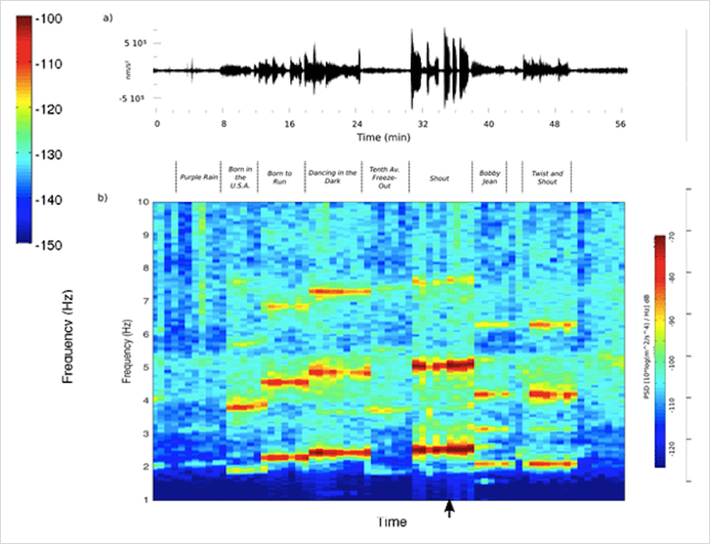The FIFA World Cup has just concluded; congratulations to the French who came out on top. They have successfully translated […]
The FIFA World Cup has just concluded; congratulations to the French who came out on top. They have successfully translated their passion for elegance into highly entertaining, and most importantly, match-winning football.
It is undeniable that football is the most celebrated sport on the planet. We can easily see from how all the stadiums which held the World Cup matches in Russia were always packed with passionate fans supporting their national or favourite teams. And those were just the ones watching from the stadiums. Millions more, scattered over different time zones around the globe, put aside their comfortable sleep to watch the teams their love and the sport they are passionate about.
This brings us to a phenomenon called football-induced earthquakes. As a seismically active country, earthquakes have been a strong focus of research and policies in New Zealand. Although this earthquake is nowhere near those periodically experienced in New Zealand in term of intensity, it is interesting to understand how they occur. Definitely not due to fault rupture or volcanic activity, it is the fans jumping up and down celebrating whenever their teams score or just win a match. The most recent example would be Mexico’s upset win over the 2014 champion’s Germany on 18 June when they played a group stage match of the 2018 World Cup. The Independent reported that super-sensitive sensors registered tremors at two sites in Mexico City seven seconds after Hirving Lozano scored for the Mexico. Kiwi football fans might also recall a rather disappointing memory when the Peruvian team beat New Zealand to qualify for the latest World Cup, the first time in 36 years. Several earthquake-detection apps alerted a potential natural disaster in Lima moments after New Zealand conceded the first goal to Jefferson Farfan, a striker for Peru in that match. A tweet from the account of the related app confirmed that there was nothing to worry about as it was the Peruvians’ excitement made the application active.
A research group from the Institute of Earth Sciences Jaume Almera installed a seismometer nearby Camp Nou stadium of FC Barcelona. The article did not state the reason for the site selection but one should wonder no more considering that the Catalan team is decorated by many considered to be the greatest footballer in history, Lionel Messi.

The figure above, taken from the same site, is an acceleration time-history (top) and time-frequency representation (bottom), or spectrogram, recorded by the seismometer moments after a last-minute goal from Barcelona to claim a dramatic 6-5 aggregate win over Paris Saint-Germaine in 2017’s Champions League. Note that in the top figure the occurrences of goals were noted as spikes. Spikes with magnitude few times larger than the others and continued for several seconds is clearly visible the moment the score turned 6-1. It is easy to imagine how thousands of FC Barcelona fans inside the stadium jumped in triumph after this goal as it meant they went through to the next round of the competition.
It is also interesting to compare the previous recorded data to those recorded during a Bruce Springsteen’s concert held in the stadium in 2016. The figure below, also taken from the same site, highlighted the difference between the movement of crowd during the concert and the football match.

Comparing the spectrogram of the first and second figure, it is clear than during the concert, the crowd tends to move in unison best suited for the song being currently played. This resulted in the recorded accelerations spiked around a specific frequency, or group of frequencies, with little deviations. During the football match however, the crowed jumped up and down in an uncoordinated fashion whenever there was a goal, resulting in record of high accelerations spread over a wider range of frequencies.
While there is no danger in earthquakes induced by football matches, it highlights an interesting aspect in the relationship between sport and science. Let’s hope that we can also experience an excitement that results in something like this earthquake, maybe the next time the All Whites qualify for the World Cup?
Feel free to contact CSI if you have any questions on football-induced earthquakes (or any other kind) and in particular how non-destructive testing can help check your structures are up to scratch.
Email: info@csiscan.nz or phone: 0800 33 77 67
Blog post by our resident football fanatic – Ronald Gultom!
Leave a Reply
You must be logged in to post a comment.